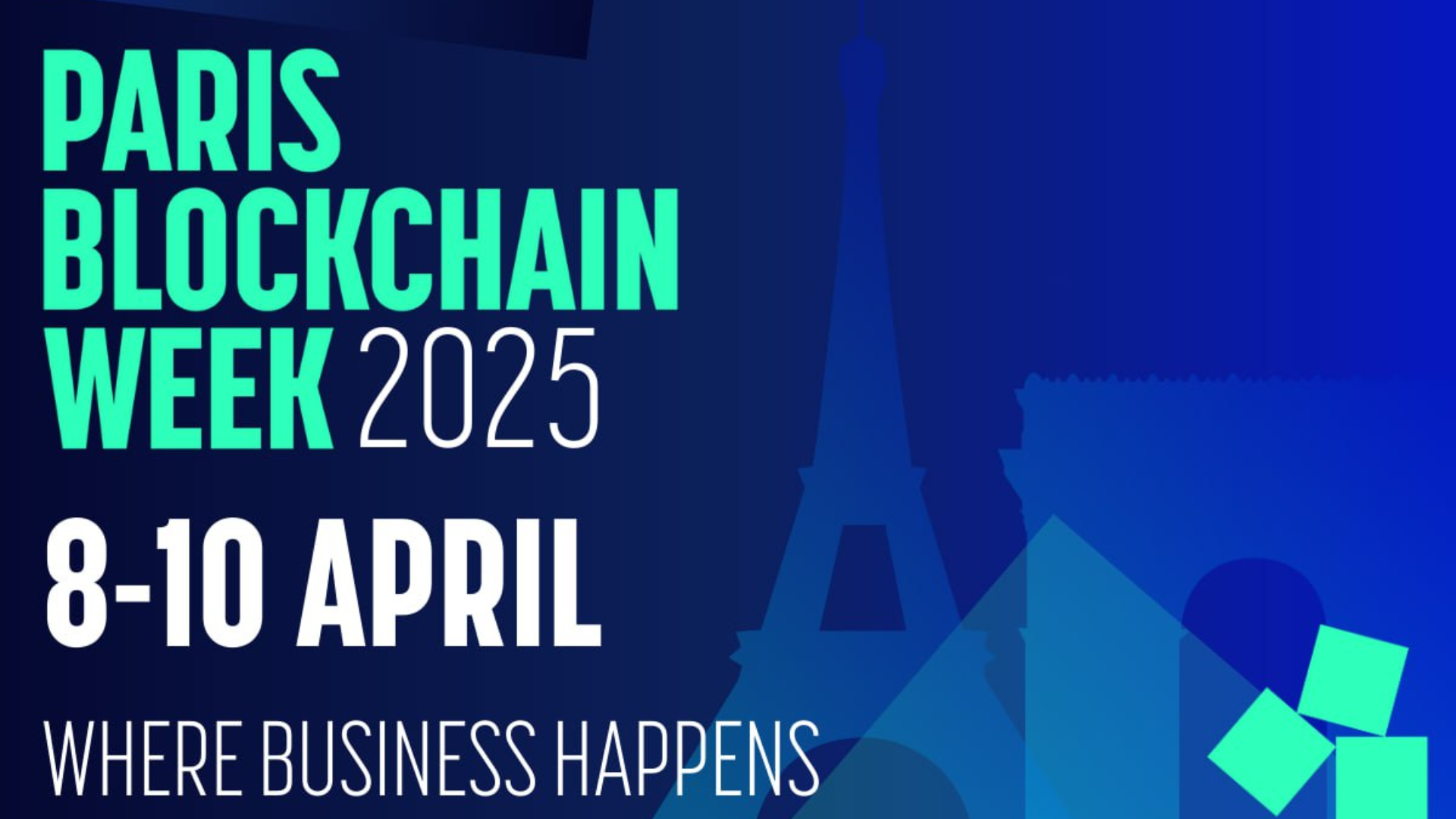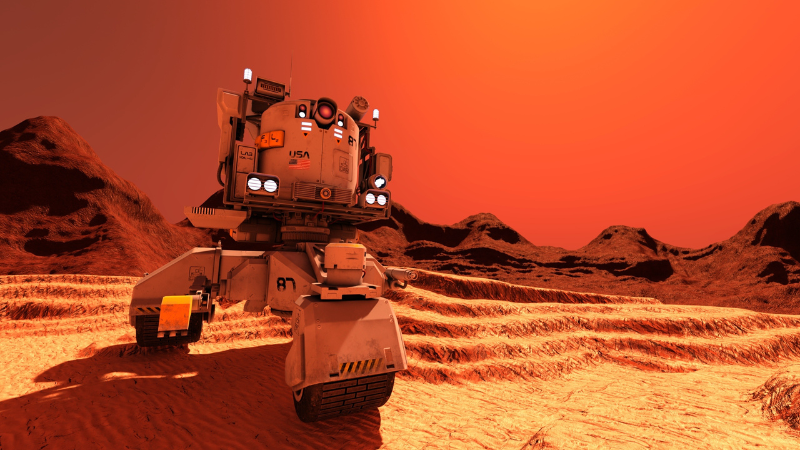
Decoding the Roles of a Blockchain Architect vs. Engineer
27th September, 2024 10 mins
Blockchain’s reach is expanding quickly, with fintech, healthcare, energy, and digital assets all embracing its power. The rise of cryptocurrencies, the need for digital trust, and innovations like ZKP are driving this surge. As companies look to implement Blockchain solutions, the demand for specialised talent is soaring. But with this boom in Blockchain jobs, it’s easy to get lost in the roles—especially when it comes to Architect vs. Engineers, whose responsibilities intertwine and appear similar in theory. What sets these two apart?
Whether you’re looking into crypto recruitment and deciding who will be best for your team or exploring a career in Blockchain, understanding these roles is important.
In this guide, we’ll explore the responsibilities of a Blockchain Architect and a Blockchain Engineer. You’ll gain insights into how these roles shape the Blockchain ecosystem and what it takes to thrive in them.
Understanding the Role of a Blockchain Architect
If we are exploring the roles of Blockchain Architect vs. Engineer, the best place to begin is by looking closely at the core responsibilities, required skill sets, and qualifications and experience these roles require.
A Blockchain Architect is the key to successful Blockchain systems overall. They Are primarily responsible for the design and development of the Architecture of these systems. Just as traditional architects focus on the design, structure, and safety of buildings, blockchain architects ensure that their systems are well-structured and integrate seamlessly with other elements of the broader system. Overall, their main goal is to develop and future-proof design architecture.
Blockchain Architects juggle various responsibilities to ensure that systems are both effective and compliant with key Blockchain principles like decentralisation. Their work is central to creating systems that evolve seamlessly over time and function well. Without a Blockchain Architect, the likelihood of project success would drop significantly.
In 2021, job postings for Blockchain roles on Glassdoor experienced a remarkable 300% increase year-over-year globally. Blockchain Architects are not only in high demand but also command some of the highest salaries in the field. They bridge the gap between technical and non-technical aspects of Blockchain, acting as visionaries who foresee and design systems before they are built.
Job Responsibilities
What really highlights the differences in architect vs. engineer is their responsibilities. A Blockchain Architect is key in shaping and building Blockchain solutions for specific platforms. Their job is to design solid systems that meet the project’s needs and make sure everything works smoothly. Examples of their day-to-day responsibilities include:
- Design Solutions: Turn project requirements into effective Blockchain Architectures.
- Implement Security: Establish and enforce strong security measures.
- Architect Systems: Develop and optimise Blockchain systems for performance and scalability.
- Integrate Systems: Seamlessly connect Blockchain with other platforms.
- Guide Development: Lead and mentor development teams to ensure adherence to the Architecture and best practices.
- Stay Current: Keep up with industry trends, research new technologies, and collaborate with stakeholders to align Blockchain solutions with business goals.
- Manage Risk: Identify and mitigate potential risks in Blockchain implementation.
Required Skill Set
A blend of technical expertise and soft skills is essential for a Blockchain Architect to manage their role effectively. They need a solid understanding of Blockchain fundamentals, coding prowess, and the ability to lead and communicate effectively. Their specialist knowledge is often portrayed through their skill sets. Here are some common examples:
- Blockchain Fundamentals: Know the ins and outs of decentralisation and consensus mechanisms.
- Blockchain Security: Apply best practices for securing Blockchain systems.
- Programming: Be fluent in languages like C++, Python, Java, and Solidity.
- Data Structures: Understand how to organise and manage data.
- Cloud Computing: Work with cloud platforms effectively.
- Distributed Systems: Understand how distributed Architectures function.
- Security Expertise: Have a deep knowledge of system security.
Soft Skills:
- Leadership
- Problem-Solving
- Communication
- Adaptability
Essential Qualifications and Experience
A successful Blockchain Architect brings years of experience and a proven track record. They should have a strong background in software development, system design, and Blockchain technologies. Examples of the most common qualifications and records of experience looked for in Blockchain Architects include:
- Relevant Experience: Several years in software development or a related field.
- System Design: Experience designing and implementing complex systems.
- Technical Leadership: Proven ability to lead technical teams.
- Blockchain Knowledge: Familiar with various protocols and consensus mechanisms.
- Education: Degree or diploma in computer science or a related field.
- Certifications: Relevant Blockchain certifications (e.g., Certified Blockchain Expert, Certified Blockchain Developer).
Understanding the Role of a Blockchain Engineer
When you dig into the details of the blockchain engineer vs. architect role, you will see that engineers focus less on the big-picture design of the Blockchain network and more on the hands-on work—building the actual components and making the system function.
After Blockchain developers, Blockchain Engineers are among the most well-known and in-demand roles in the industry today. With Blockchain expected to create 1 million new open-source software Engineering jobs by 2030, these Engineers are a huge part of this growth.
Think of Blockchain Engineers as traditional Engineers who construct bridges or buildings. They take the design and make it real, focusing on the practical work of building solid structures. In the Blockchain world, that means developing and maintaining applications and systems that use Blockchain’s unique features.
As Blockchain technology becomes more widely adopted, demand for Blockchain Engineers proliferates. Their role combines skills from cryptography, computer science, and distributed systems, but at the heart of it, they’re like any other Engineer—focused on building something strong and reliable.
Job Responsibilities
In their day-to-day role, a Blockchain Engineer takes on a variety of tasks that keep Blockchain systems running smoothly. They build and maintain the core components that make these systems function effectively. Here’s what you can expect them to handle:
- System Design and Development: Create and maintain Blockchain-based systems and applications, including smart contracts and consensus mechanisms.
- Security and Performance: Ensure the security, scalability, and efficiency of Blockchain operations through robust protocol development.
- DApp Creation: Build and deploy decentralised applications (DApps) on platforms like Ethereum Virtual Machine (EVM).
- Integration and Data Management: Integrate Blockchain solutions with existing systems, design data repositories, and manage data storage and visualisation.
- Consensus Algorithms: Implement and optimise consensus algorithms for effective network agreement.
- Troubleshooting and Maintenance: Identify and fix errors, bugs, and vulnerabilities; provide ongoing maintenance and improvements.
- Technology Evaluation: Stay updated on new Blockchain technologies and assess vendor products for potential integration.
Required Skill Set
When hiring a Blockchain Engineer, you’ll want to find someone with a solid set of skills to manage the technical demands of the role. These skills are non-negotiable for developing and maintaining Blockchain systems effectively. Here’s what to look for:
- Coding Proficiency: Strong skills in programming languages like Solidity, Python, Java, or C++.
- Blockchain Knowledge: Deep understanding of Blockchain technology, including smart contracts and consensus mechanisms.
- Cryptography: Expertise in encryption and security practices to safeguard systems.
- Data Management: Ability to design and manage databases and create effective data visualisations.
- Performance Optimisation: Skills to improve the efficiency and scalability of Blockchain networks.
- Troubleshooting: Strong problem-solving abilities to identify and address issues.
- Integration Experience: Experience in integrating Blockchain solutions with existing systems for smooth operation.
- API Development: Confident in creating API’s for the interaction of blockchain applications.
Soft Skills:
- Critical Thinking Skills
- Problem-solving abilities
- Collaboration
- Passion for Continuous Learning
Essential Qualifications and Experience
What makes a Blockchain Engineer stand out from a Blockchain Architect? It often comes down to their background and hands-on experience. For Blockchain Engineers, here’s what you should know:
- Knowledge of Software Development: Engineers need solid experience in software development, especially on the backend.
- Hands-on with Blockchain Projects: Experience with Blockchain projects, including creating and deploying smart contracts, is essential.
- Technical Skills: Proficiency in programming languages like Solidity, Java, and Python is crucial. Familiarity with Blockchain frameworks and tools is also important.
- Education: A bachelor’s degree in computer science, software engineering, or a related field is typically required. A master’s degree can be a plus but is not always necessary.
- Relevant Certifications: Certifications such as Certified Blockchain Developers can set candidates apart by demonstrating their expertise in Blockchain technology and programming.
These qualifications help define a standout Blockchain Engineer and distinguish them from Blockchain Architects, who focus more on the high-level design and strategy of Blockchain systems.

Comparing and Contrasting: Where Do the Similarities Lie?
In Blockchain, both Architects and Engineers play key roles, though their approaches differ. Architects vs. Engineers share a common goal of advancing Blockchain technology, but their methods and responsibilities vary. Understanding their similarities and differences can help clarify why their roles might sometimes overlap.
Blockchain Architects and Engineers both work on the Blockchain platform, yet they focus on different aspects. Architects are like the planners, designing the system’s structure and strategy, while Engineers are the builders, turning those designs into reality through coding and development. Here’s a breakdown of how their roles compare:
Similarities:
- Blockchain Expertise: Both need a firm grasp of Blockchain technology, including smart contracts and distributed ledgers.
- Programming Skills: Both require coding proficiency in Blockchain-related languages like Solidity and Go.
- Security Awareness: Both prioritise security in Blockchain systems, focusing on safeguarding against vulnerabilities.
- Collaboration: Both work with teams, including developers and stakeholders, to ensure the project's success.
- Platform Knowledge: Both may work with platforms like Ethereum and Hyperledger.
- Problem-Solving: Both tackle complex Blockchain challenges related to performance and network issues.
Differences:
- Role Focus: Architects focus on system design, while Engineers handle building and coding.
- Strategic vs. Execution: Architects plan and strategise, while Engineers focus on execution.
- Decision-Making: Architects make key decisions on system structure; Engineers carry them out.
- Leadership: Architects often guide projects, while Engineers work under their direction.
- Big Picture vs. Detail-Oriented: Architects focus on the overall framework, and Engineers focus on technical details.
- Design vs. Development: Architects create the blueprint, and Engineers implement it.
Both roles, though distinct, complement each other. While Architects plan and strategise, Engineers bring those plans to life with their technical skills. Together, they ensure that Blockchain systems are both well-designed and effectively implemented.
Collaborating for a Brighter Blockchain Future
As we’ve seen when comparing Blockchain Architects vs. Engineers each bring something unique to the table. Their collaboration is key to building effective Blockchain solutions. Whether you're exploring Blockchain recruitment, curious about how to become a Blockchain Architect or Engineer, or interested in Blockchain development, their teamwork is essential. Let’s look at how they work together and why it matters.
1. From Vision to Reality:
Architects dream up the big picture, designing how the Blockchain system should work and what it should achieve. Engineers then take these ideas and make them happen. They handle the coding and development, turning those grand plans into a functioning system. This teamwork ensures that the original vision is brought to life and adapts to any real-world challenges.
2. A Feedback Loop:
Engineers test out the Architect’s designs and offer feedback. If something doesn’t work as planned or needs tweaking, Engineers point it out. Architects then use this feedback to refine their designs. This back-and-forth helps ensure that the final product is both practical and innovative.
3. Joint Problem-Solving:
When problems arise—like security issues or performance hiccups—architects and Engineers tackle them together. Architects might tweak their designs based on the issues found, while Engineers implement and test solutions. Their combined efforts ensure that both the strategy and the technical details are sorted out.
4. Driving Innovation and Scalability:
Architects focus on building systems that can grow and adapt over time. They plan for the future. Engineers explore new tools and methods to boost performance. Working together, they push the limits of what Blockchain technology can do, making it more cutting-edge and efficient.
5. Leading Projects:
In project settings, Architects usually handle the big-picture planning and long-term goals. Engineers take care of the technical execution and daily tasks. This clear split helps ensure that both immediate needs and overall project objectives are met.
6. Indirect Collaboration
Blockchain Architects and Engineers also team up in subtler ways. Their combined efforts spark innovation, enhance scalability, and improve security. They stay in sync to make sure Blockchain technology evolves with the times and continues to meet new demands. This behind-the-scenes collaboration is just as vital to the success of Blockchain solutions.
Blockchain Architect vs. Engineer: Final Thoughts on Their Impact
When it comes to Blockchain Architect vs. Engineer, both roles play important but different parts. Architects design the system’s framework, while engineers focus on the practical details of building and maintaining the technology. They collaborate closely, each bringing their own expertise.
As the demand for Blockchain jobs continues to rise, knowing the distinct roles can help you make the right choices, whether hiring or thinking about a career in Blockchain. Both Architects and Engineers are key to successful Blockchain projects, and understanding their roles can guide you in finding the right fit for your needs.
So, if you’re exploring Blockchain recruitment or how to become a Blockchain Architect or Engineer, keep in mind: it’s all about teamwork. Each role contributes to making Blockchain technology work effectively.
Are You Looking for Expertise in Crypto and Blockchain?
At Understanding Recruitment, we know the importance of Blockchain Architects and Engineers in driving innovation. We’re dedicated to connecting leading crypto talent with businesses building high-performing teams. Whether you're seeking permanent hires, contractors, or project-based experts, we have the reach and expertise to find the perfect match across the UK, Europe, and the USA.
Contact us today to discover how we can help you achieve your goals. Speak with one of our specialists to explore how we can support your business with tailored recruitment solutions.



